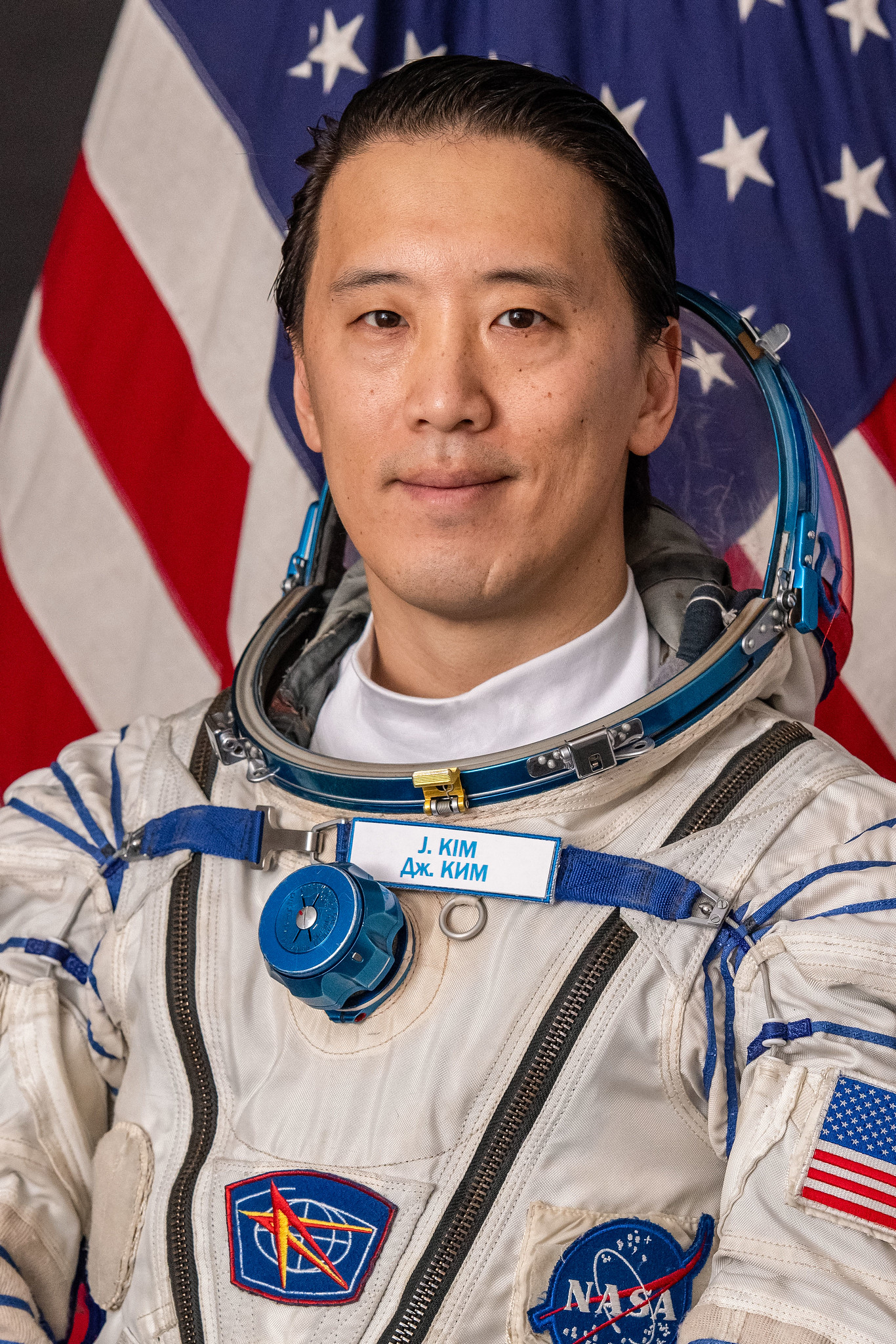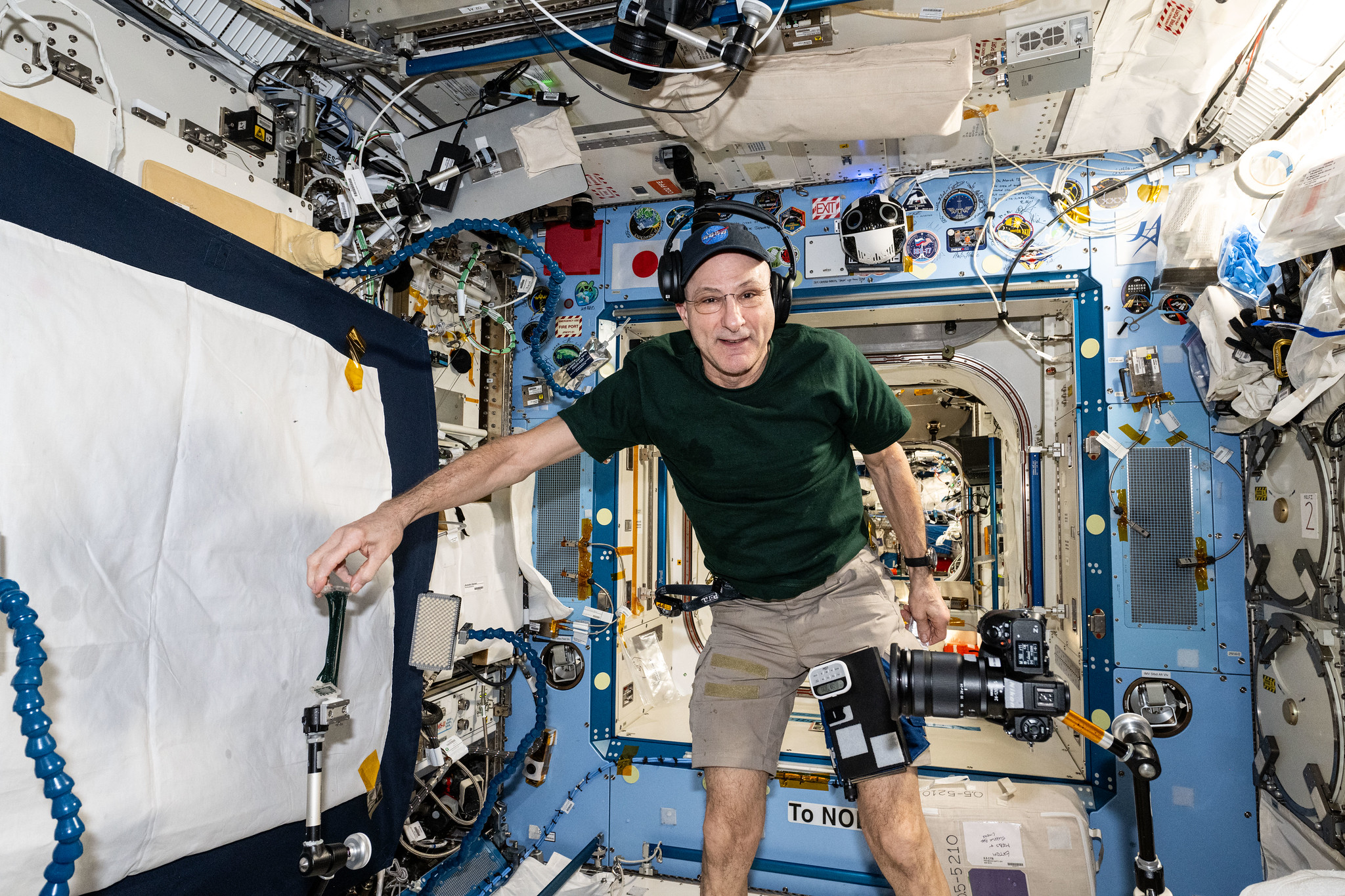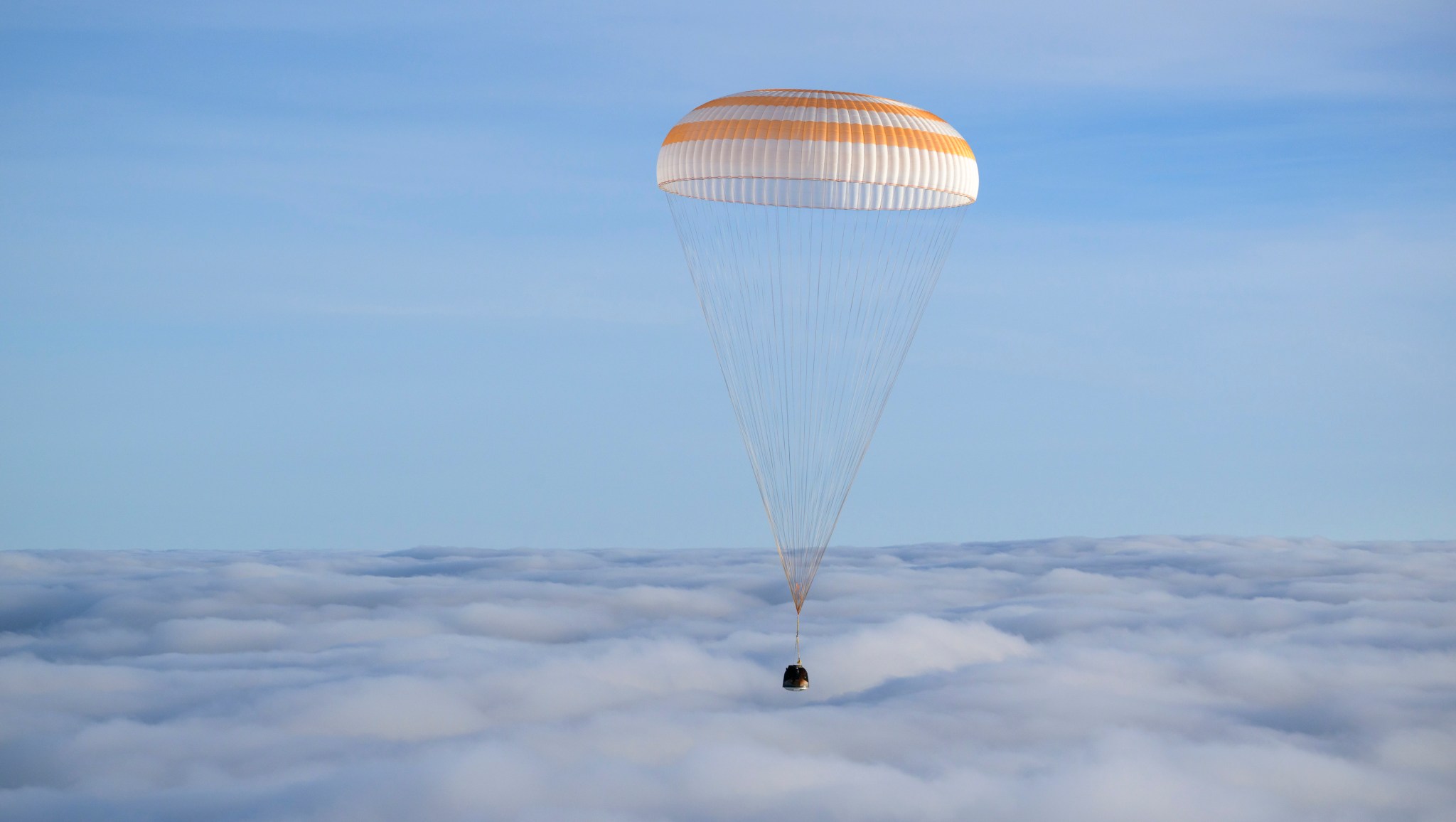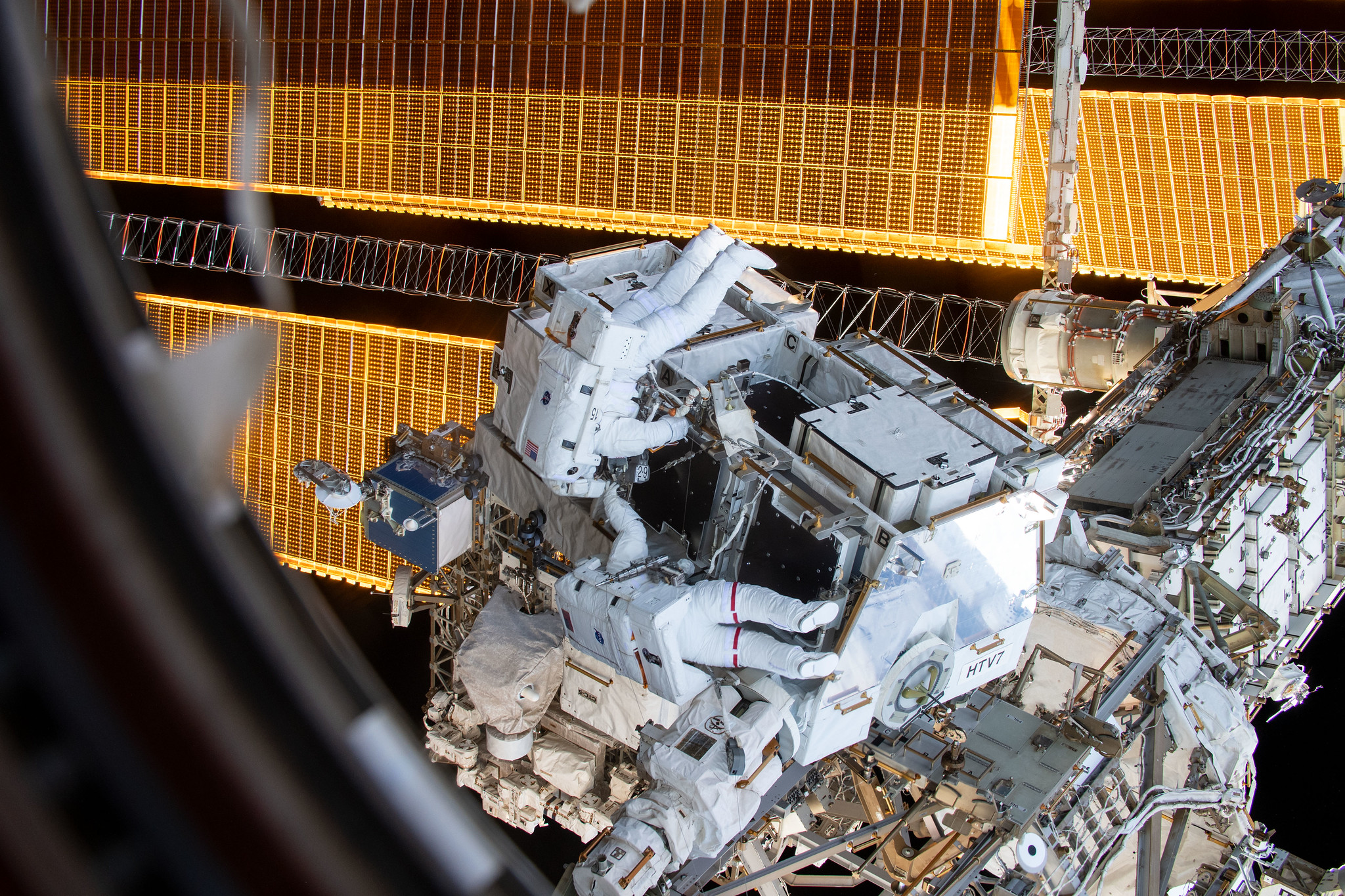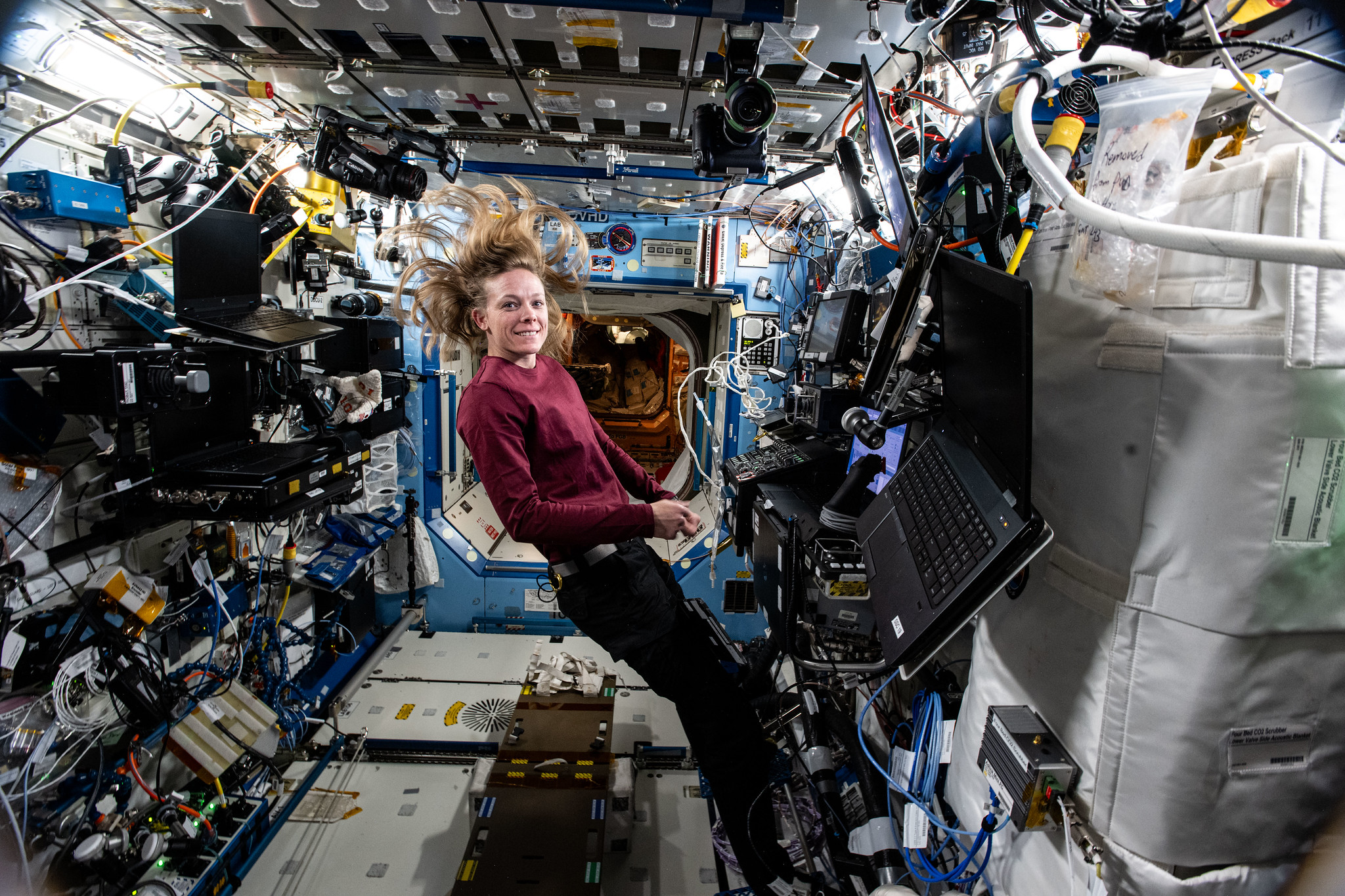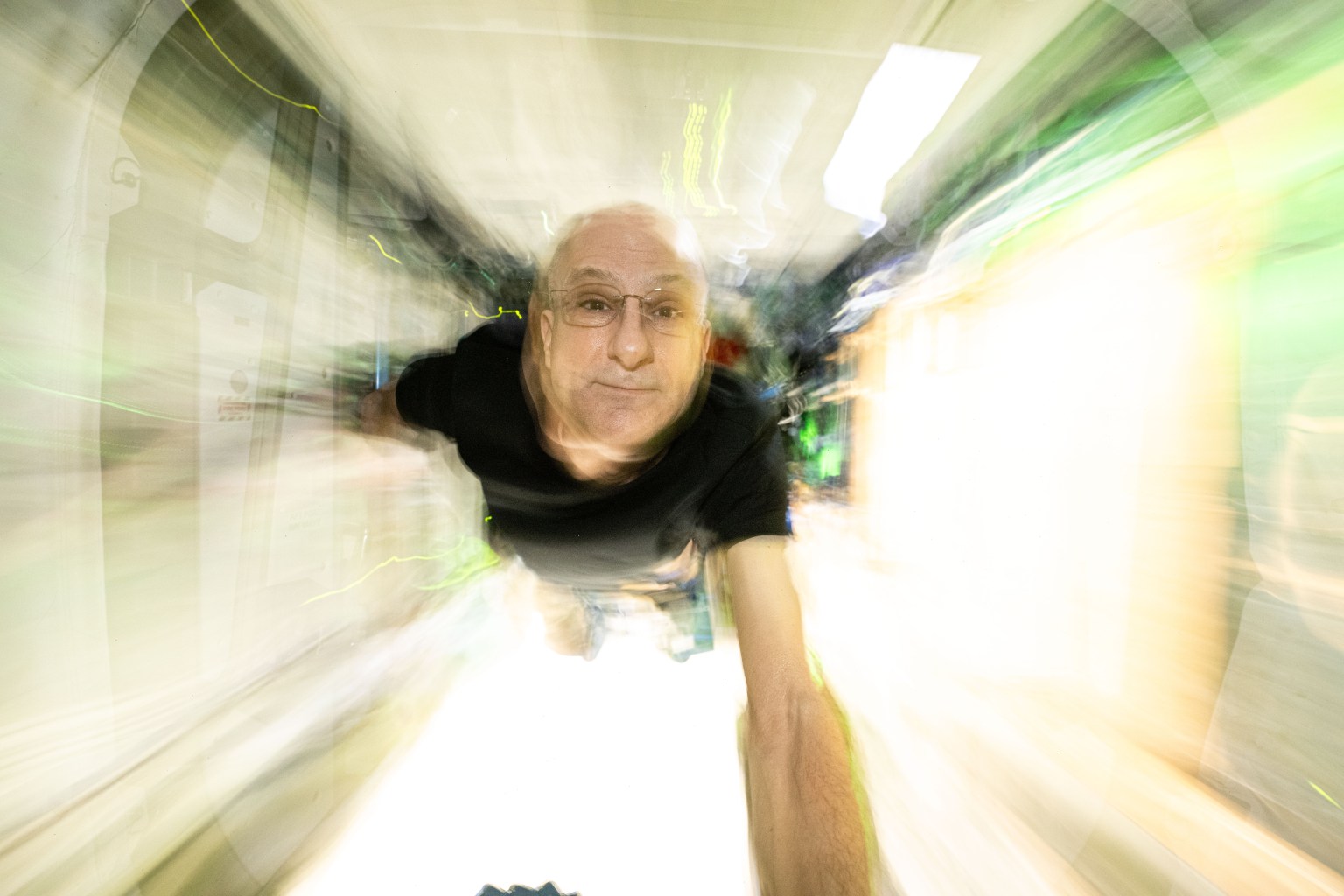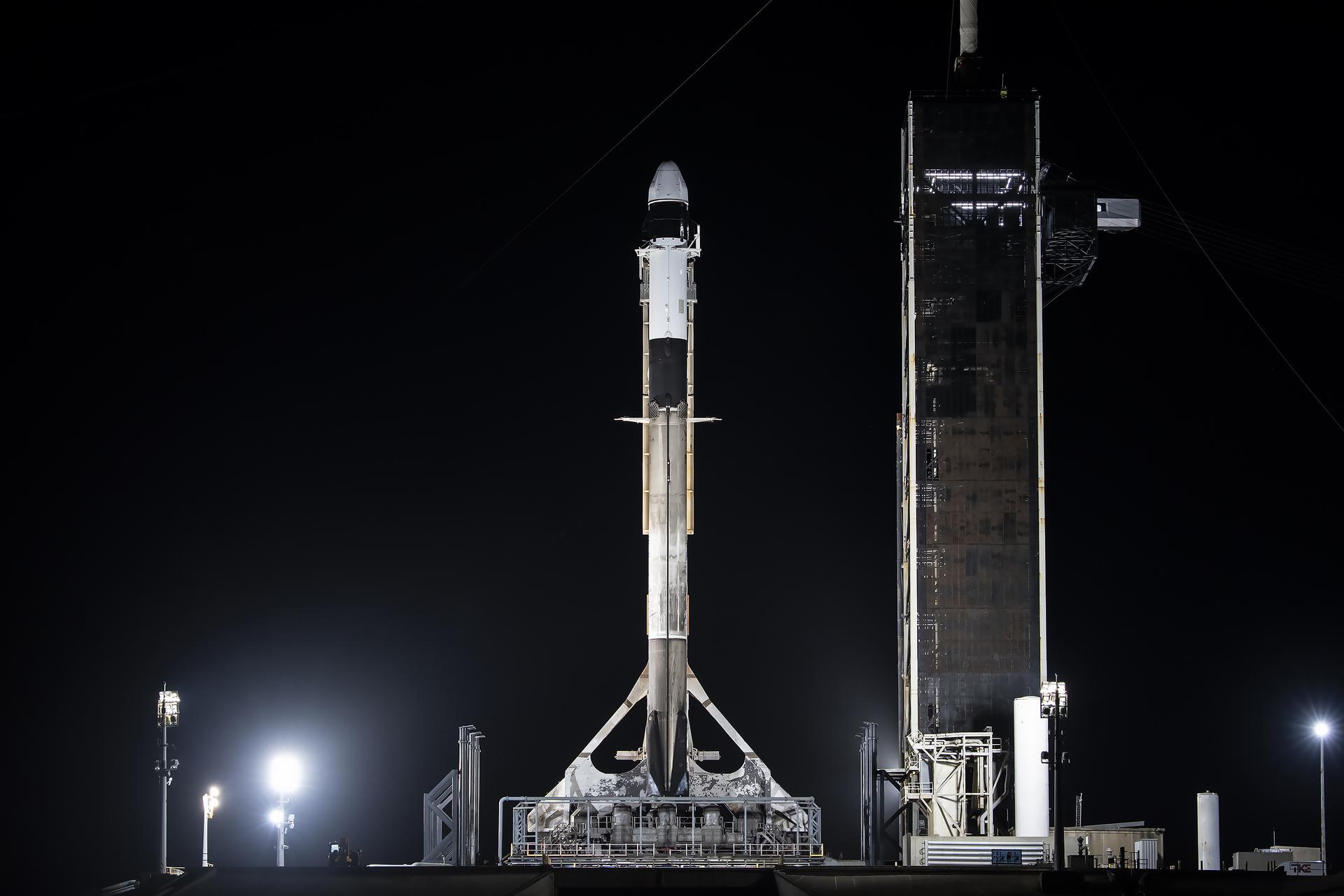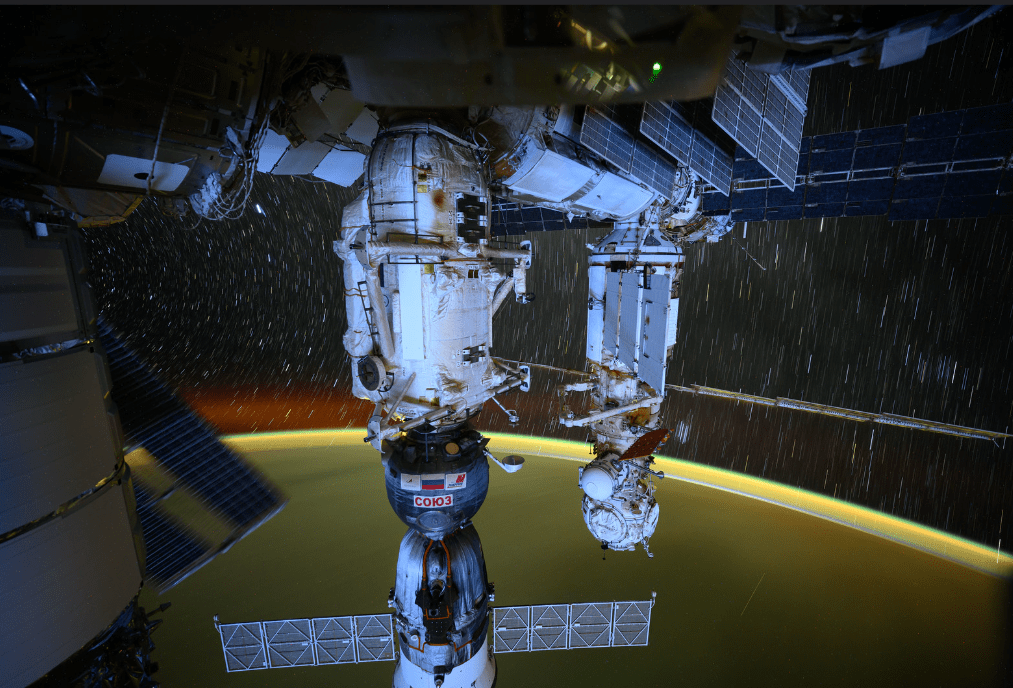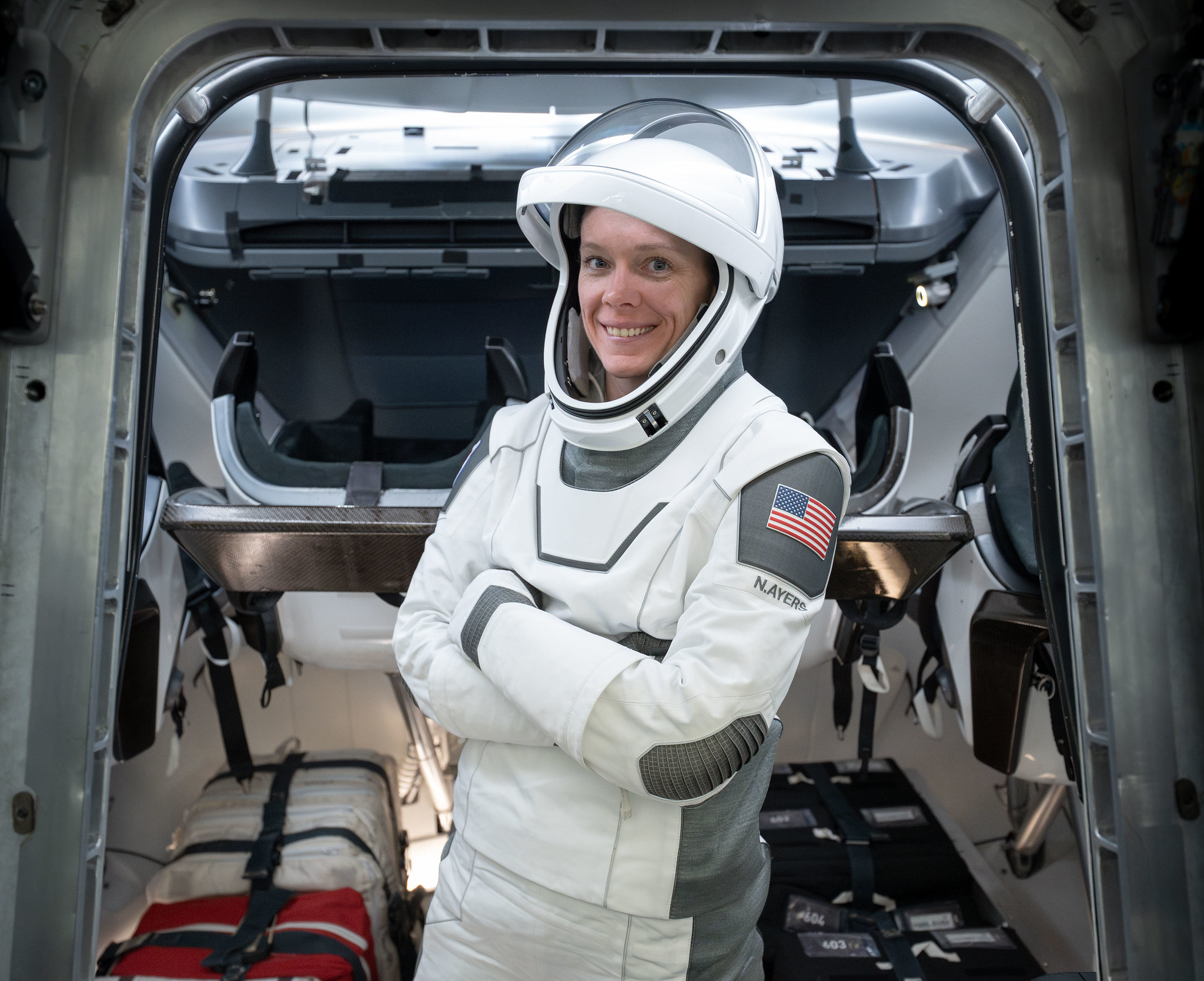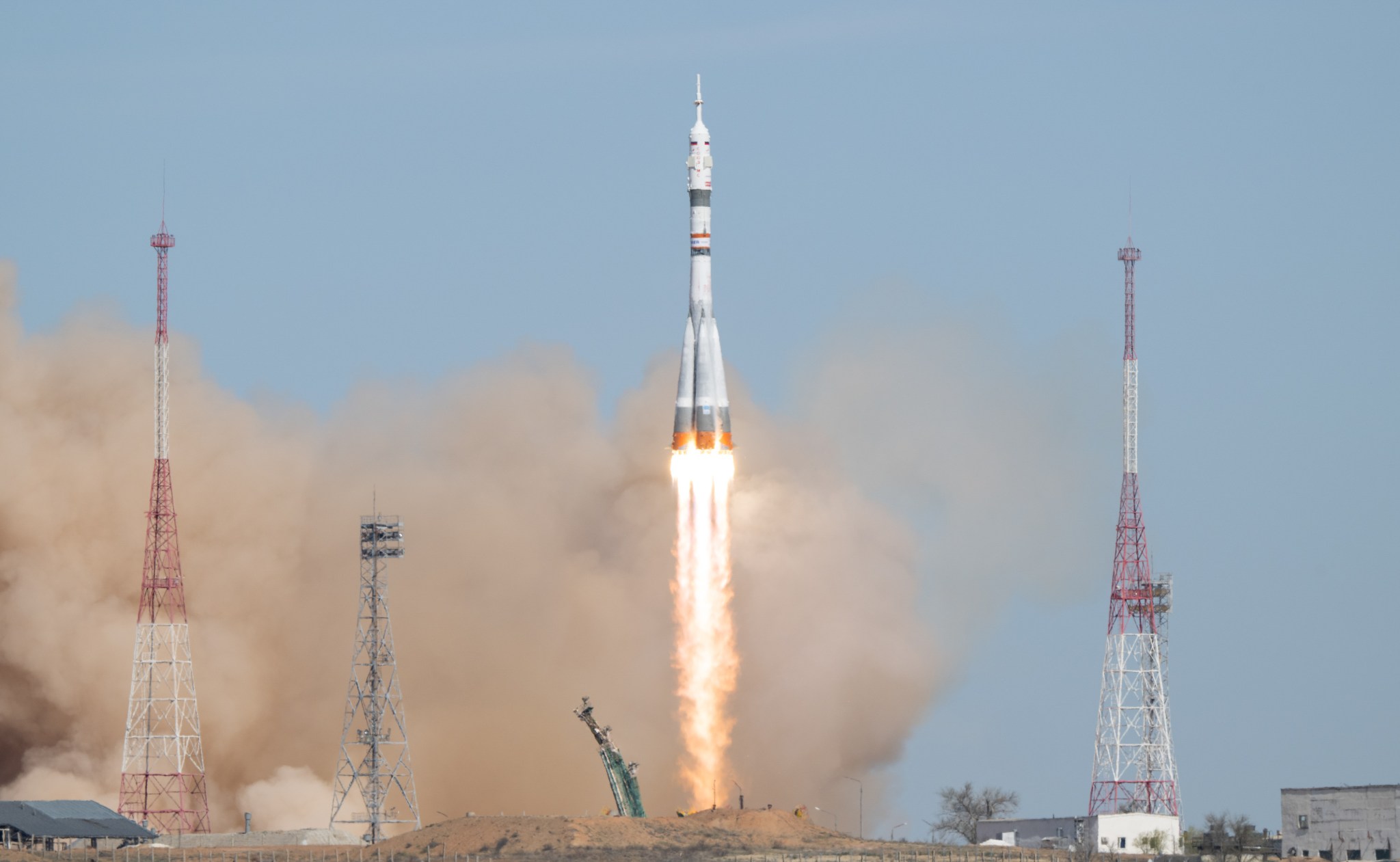NASA astronaut and Expedition 73 Flight Engineer Jonny Kim. Credit: Gagarin Cosmonaut Training Center Students from Santa Monica, California, will connect with NASA astronaut Jonny Kim as he answers prerecorded science, technology, engineering, and mathematics-related questions aboard the International Space Station. Watch the 20-minute space-to-Earth call at 12:10 p.m. EDT on Tuesday, April 29, on the NASA STEM YouTube Channel. Media interested in covering the event must RSVP by 5 p.m., Friday, April 25, to Esmi Careaga at: ecareaga@smmusd.org or 805-651-3204 x71582. The event is hosted by Santa Monica High…
Read MoreTag: Humans in Space
NASA Astronaut Don Pettit to Discuss Seven-Month Space Mission
NASA astronaut and Expedition 72 Flight Engineer Don Pettit sets up camera hardware to photograph research activities inside the International Space Station’s Kibo laboratory module on March 15, 2025. Credit: NASA Media are invited to a news conference at 2 p.m. EDT Monday, April 28, at NASA’s Johnson Space Center in Houston where astronaut Don Pettit will share details of his recent mission aboard the International Space Station. The news conference will stream live on NASA’s website. Learn how to stream NASA content through a variety of platforms. To participate…
Read MoreNASA Astronaut Don Pettit, Crewmates Complete Space Station Expedition
The Soyuz MS-26 spacecraft is seen as it lands in a remote area near the town of Zhezkazgan, Kazakhstan with Expedition 72 NASA astronaut Don Pettit, and Roscosmos cosmonauts Alexey Ovchinin and Ivan Vagner aboard, April 19, 2025 (April 20, 2025, Kazakhstan time). The trio are returning to Earth after logging 220 days in space as members of Expeditions 71 and 72 aboard the International Space Station. NASA/Bill Ingalls NASA astronaut Don Pettit returned to Earth Saturday, accompanied by Roscosmos cosmonauts Alexey Ovchinin and Ivan Vagner, concluding a seven-month science…
Read MoreNASA to Cover US Spacewalk 93, Hold Preview News Conference
NASA astronauts work to retrieve batteries and adapter plates from an external pallet during a spacewalk to upgrade the International Space Station’s power storage capacity. Credit: NASA Two NASA astronauts will venture outside the International Space Station, conducting U.S. spacewalk 93 on Thursday, May 1, to complete station upgrades. NASA will preview the upcoming spacewalk during a news conference at 2 p.m. EDT on Thursday, April 24, on the agency’s website from NASA’s Johnson Space Center in Houston. Learn how to watch NASA content through a variety of platforms, including…
Read MoreNASA Astronaut to Answer Questions from Colorado Students
NASA astronaut Nichole Ayers works at the controls of the robotics workstation in the International Space Station’s Destiny Laboratory. Credit: NASA Students from Woodland Park, Colorado, will connect with NASA astronaut Nichole Ayers as she answers prerecorded science, technology, engineering, and mathematics-related questions from aboard the International Space Station. Watch the 20-minute space-to-Earth call at 11:55 a.m. EDT on Monday, April 21, on the NASA STEM YouTube Channel. The event, hosted by Woodland Park High School, also is open to students from Woodland Park Middle School. The Colorado high school…
Read MoreScience Meets Art: NASA Astronaut Don Pettit Turns the Camera on Science
4 Min Read Science Meets Art: NASA Astronaut Don Pettit Turns the Camera on Science NASA astronaut Don Pettit is scheduled to return home in mid-April after a seven-month mission aboard the International Space Station as part of Expedition 72. Throughout his stay, Pettit contributed to research that benefits humanity and future space missions. Pettit also shared what he calls “science of opportunity” to demonstrate how experimenting with our surroundings can help gain a better understanding of how things work. This understanding is perhaps enhanced when art, science, and microgravity…
Read MoreNASA Sets Coverage for SpaceX 32nd Station Resupply Launch, Arrival
A SpaceX Falcon 9 rocket, with the company’s Dragon spacecraft atop, stands at Launch Complex 39A at NASA’s Kennedy Space Center in Florida on Nov. 4, 2024, in preparation for the agency’s SpaceX 31st Commercial Resupply Services mission to the International Space Station. Credit: SpaceX NASA and SpaceX are targeting 4:15 a.m. EDT, Monday, April 21, for the next launch to deliver science investigations, supplies, and equipment to the International Space Station. This is the 32nd SpaceX commercial resupply services mission to the orbiting laboratory for the agency. Filled with…
Read MoreNASA Sets Coverage for Astronaut Don Pettit, Crewmates Return
This long-duration photograph highlights the Roscosmos segment of the International Space Station with the Soyuz MS-26 spacecraft docked to the Rassvet module. Star trails and Earth’s atmospheric glow also are pictured from the orbital outpost as it soared 258 miles above the Pacific Ocean. Credit: NASA NASA astronaut Don Pettit, along with Roscosmos cosmonauts Alexey Ovchinin and Ivan Vagner, will depart the International Space Station aboard the Soyuz MS-26 spacecraft and return to Earth on Saturday, April 19. Pettit, Ovchinin, and Vagner will undock from the orbiting laboratory’s Rassvet module…
Read MoreNASA Astronaut to Answer Questions from Students in Florida
NASA astronaut and SpaceX Crew-10 Pilot Nichole Ayers. Credit: SpaceX Students from Dade City, Florida, will have the chance to connect with NASA astronaut Nichole Ayers as she answers prerecorded science, technology, engineering, and mathematics-related questions from aboard the International Space Station. Watch the 20-minute space-to-Earth call at 1 p.m. EDT on Friday, April 11, on NASA+ and learn how to watch NASA content on various platforms, including social media. The event, hosted by Academy at the Farm and open to students and their families, will occur in Dade City.…
Read MoreNASA Astronaut, Crewmates Arrive Safely at Space Station
A Soyuz rocket launches to the International Space Station with Expedition 73 crew members: NASA astronaut Jonny Kim, and Roscosmos cosmonauts Sergey Ryzhikov and Alexey Zubritskiy, onboard, Tuesday, April 8, 2025, at the Baikonur Cosmodrome in Kazakhstan. Photo Credit: (NASA/Joel Kowsky) NASA astronaut Jonny Kim, accompanied by Roscosmos cosmonauts Sergey Ryzhikov and Alexey Zubritsky, arrived at the International Space Station on Tuesday, bringing the number of residents to 10 for the next two weeks. The Soyuz MS-27 spacecraft carrying Kim, Ryzhikov, and Zubritsky docked to the Prichal module at 4:57…
Read More